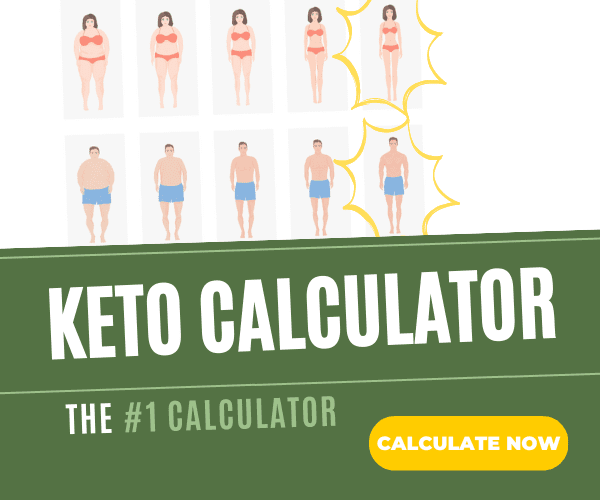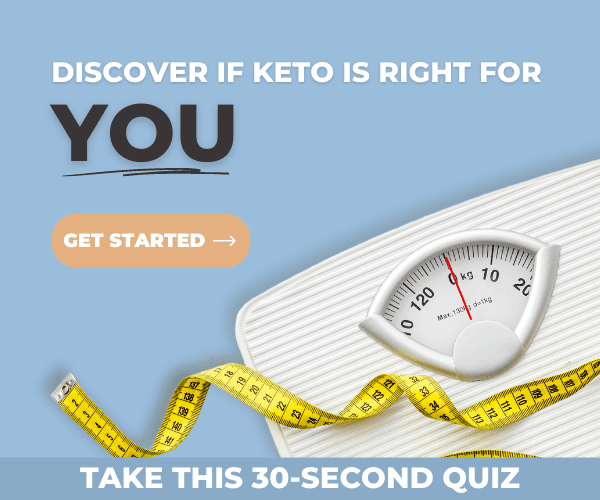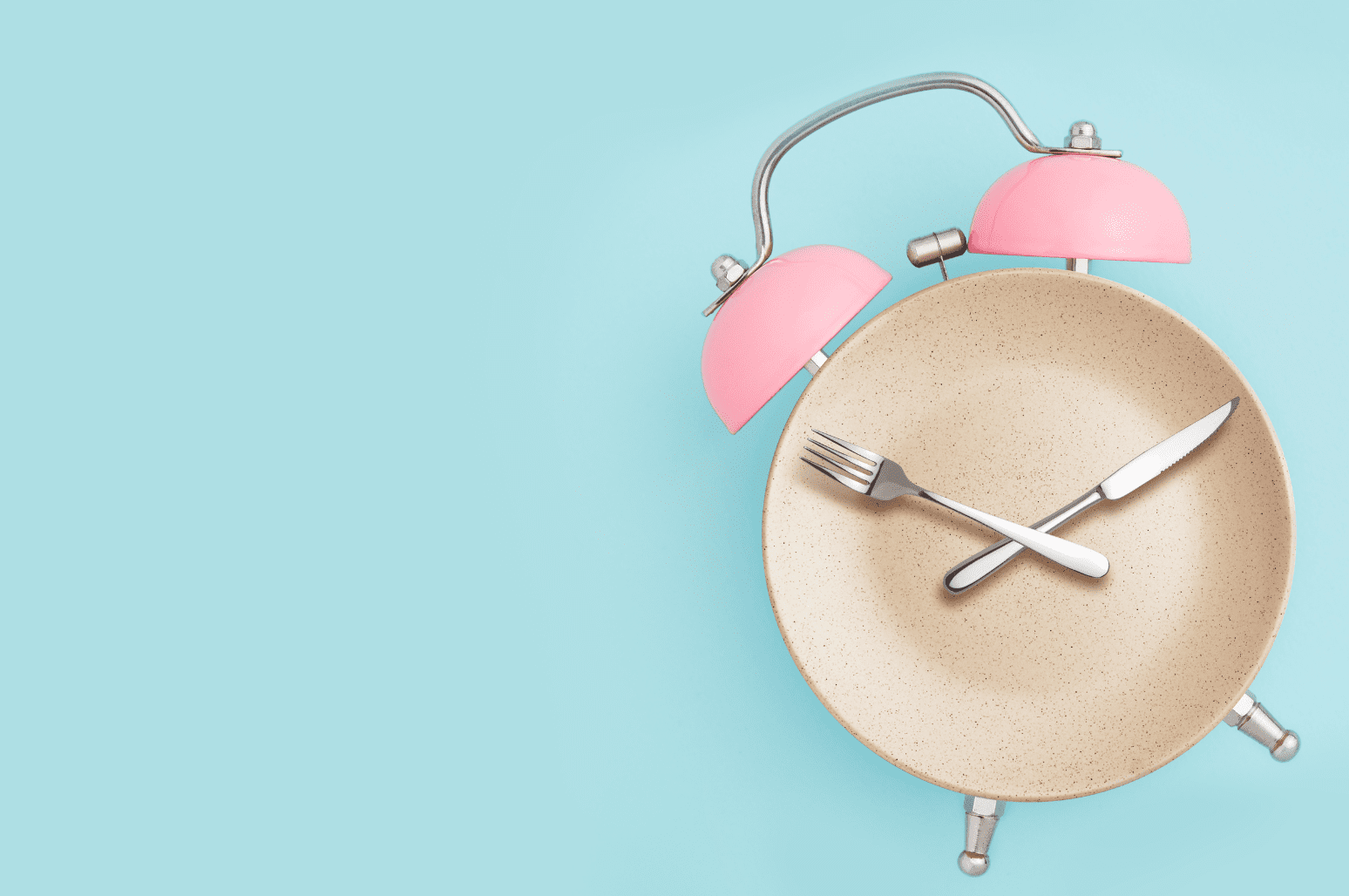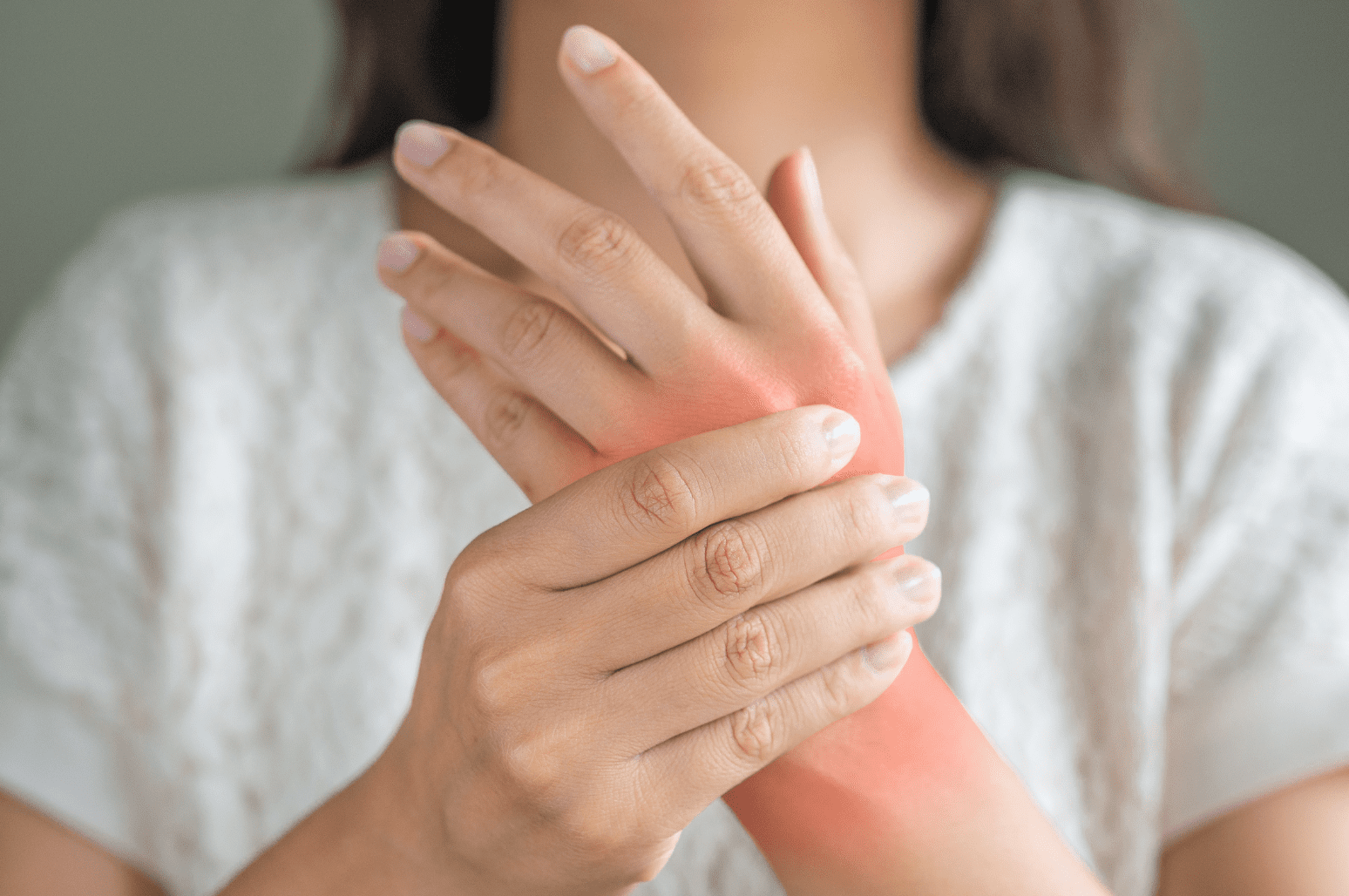
When it comes to cooking on the keto diet, many enthusiasts turn to butter or olive oil as sources of healthy fats to their diet. Today, many people are now turning to an old alternative to get a dose of fat in their diet: lard. Lard is primarily used as a means of getting an excellent texture in certain dishes, but is lard good for you?
In this comprehensive guide to lard and pork fat, we will dive into the benefits that lard can bring to your diet.
Lard: A High-Fat Food Source for Heart Health
First, it is important to understand exactly what lard is before you start adding it to your cooking or snacks. Lard is a strained form of rendered pork fat, meaning that it can be a great way to boost your fat macros for the day.
It is important to take a look at the different types of fat that lard contains. Namely, it has both saturated and unsaturated fats. Unsaturated fats are generally believed to grant a bit more protection from health issues like heart disease. [1]
How does lard stack up when it comes to saturated and unsaturated fats?
Altogether, the total fat content in a single tablespoon of lard is 12.8 grams. It has about 5 grams of saturated fats and 5.7 grams of unsaturated fats. [2] Compared to an equal serving of unsalted butter, lard has 1.3 grams more fat but less saturated fats (butter has roughly 7.2 grams of saturated fats). [3]
While studies are showing that saturated fats have been unfairly demonized, if you’re looking to reduce your saturated fat consumption on keto, lard may be a good swap for butter.
High Vitamin Content in Lard
Another thing to consider when deciding whether lard fits into your diet is its vitamin content. You might be surprised to learn that lard is more than just a rendered fat that is great for cooking.
Lard is a great source of vitamin D. The amount of vitamin D in a serving of lard depends primarily on the source of the lard. Most experts agree that pastured pigs who are fed a healthy diet and have more sun exposure tend to have higher vitamin D. [4]

Some estimates claim that lard contains anywhere from 500 to 1,000 IU of vitamin D.
A healthy dose of this fat-soluble vitamin can go a long way toward reducing your risk for chronic disease, cancer, type 2 diabetes, cardiovascular disease, and even Alzheimer’s disease. [5] [6] [7] [8] Vitamin D can also contribute to lower levels of depression. [9]
How to Get Healthy Lard
With all of that said, not every brand of lard on the market will have the same healthy benefits. Lard is rendered pork fat, which means that it comes from pigs. To get all of the benefits of a healthy pig’s fat, then you need to ensure that they were fed a healthy diet free from hormones and other chemicals.
As we saw in an earlier study, ideally they should also be pasture-raised, which grants access to more sunlight for improved vitamin D content.
There are products available in the grocery store that are advertised as a good alternative to lard. Vegetable shortening is one such alternative that promises to be a bit more affordable, but you will want to steer clear of it. Made with vegetable oil instead of pork fat, it lacks the health benefits of lard, including vitamin D, and brings the negatives of seed oils. [10]
Even with the health benefits, you will want to keep an eye on lard consumption, particularly if you are counting calories on keto, since, like other fats, it is highly calorie dense.
Is Lard Right for You?
Lard can be a healthy alternative to other fats, particularly if you’re trying to cut down on seed oils and if you’re looking for a fat with a high smoke point that works well for deep-frying, stir-frying, and in pie crusts and pastry.
Lard is a great way to add more fat to your macros for the day without overdoing it on carbs and protein. With its heart-healthy qualities and vitamin D for overall health, you can’t go wrong by adding lard to your balanced keto diet.
References
U.S. Department of Health and Human Services. (2022, July 25). The skinny on fat. National Institutes of Health. Retrieved May 2, 2023, from https://newsinhealth.nih.gov/2019/03/skinny-fat
United States Department of Agriculture. (n.d.). Lard. FoodData Central. Retrieved May 2, 2023, from https://fdc.nal.usda.gov/fdc-app.html#/food-details/171401/nutrients
United States Department of Agriculture. (n.d.). Butter, without salt. FoodData Central. Retrieved May 2, 2023, from https://fdc.nal.usda.gov/fdc-app.html#/food-details/173430/nutrients
Larson-Meyer, D. E., Ingold, B. C., Fensterseifer, S. R., Austin, K. J., Wechsler, P. J., Hollis, B. W., Makowski, A. J., & Alexander, B. M. (2017). Sun exposure in pigs increases the vitamin D nutritional quality of pork. PloS one, 12(11), e0187877. https://doi.org/10.1371/journal.pone.0187877
Ahonen, M. H., Tenkanen, L., Teppo, L., Hakama, M., & Tuohimaa, P. (2000). Prostate cancer risk and prediagnostic serum 25-hydroxyvitamin D levels (Finland). Cancer causes & control : CCC, 11(9), 847–852. https://doi.org/10.1023/a:1008923802001
Bertone-Johnson, E. R., Chen, W. Y., Holick, M. F., Hollis, B. W., Colditz, G. A., Willett, W. C., & Hankinson, S. E. (2005). Plasma 25-hydroxyvitamin D and 1,25-dihydroxyvitamin D and risk of breast cancer. Cancer epidemiology, biomarkers & prevention : a publication of the American Association for Cancer Research, cosponsored by the American Society of Preventive Oncology, 14(8), 1991–1997. https://doi.org/10.1158/1055-9965.EPI-04-0722
Mitri, J., Muraru, M. D., & Pittas, A. G. (2011). Vitamin D and type 2 diabetes: a systematic review. European journal of clinical nutrition, 65(9), 1005–1015. https://doi.org/10.1038/ejcn.2011.118
Shen, L., & Ji, H. F. (2015). Vitamin D deficiency is associated with increased risk of Alzheimer's disease and dementia: evidence from meta-analysis. Nutrition journal, 14, 76. https://doi.org/10.1186/s12937-015-0063-7
Menon, V., Kar, S. K., Suthar, N., & Nebhinani, N. (2020). Vitamin D and Depression: A Critical Appraisal of the Evidence and Future Directions. Indian journal of psychological medicine, 42(1), 11–21. https://doi.org/10.4103/IJPSYM.IJPSYM_160_19
United States Department of Agriculture. (n.d.). Shortening, household, lard and vegetable oil. FoodData Central. Retrieved May 2, 2023, from https://fdc.nal.usda.gov/fdc-app.html#/food-details/172327/nutrients









